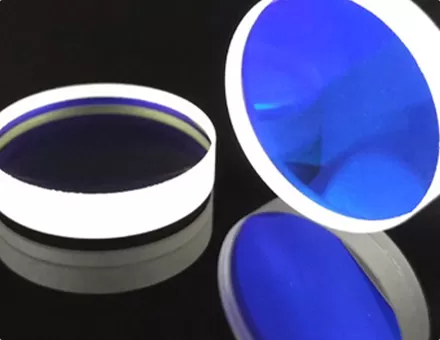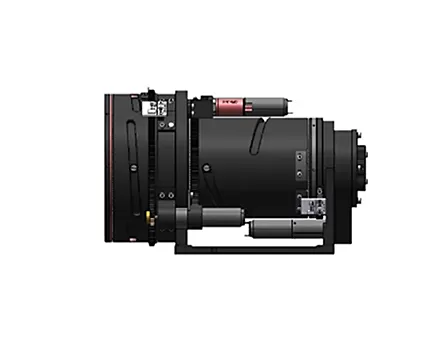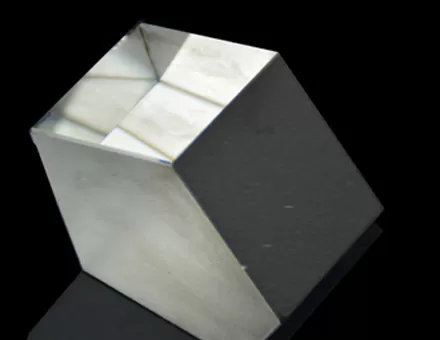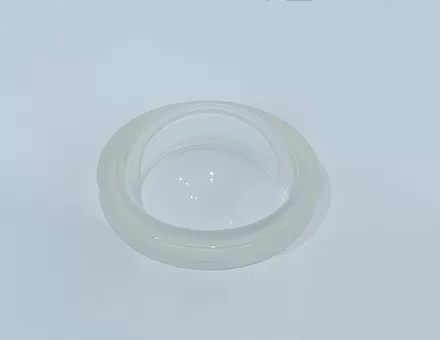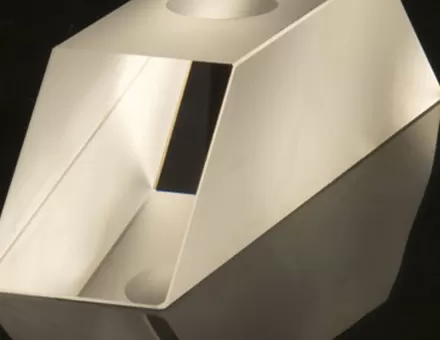In the world of optics, the design and implementation of lenses have significantly transformed various industries. One remarkable lens type that plays a critical role is the cylindrical lens. With its distinct curved surface, a cylindrical lens addresses specific optical challenges that cannot be tackled by traditional spherical lenses alone. In this article, we will delve into the realm of cylindrical lens design, uncovering its applications, principles, and the key factors that contribute to its effectiveness.
Understanding Cylindrical Lenses
Unlike conventional spherical lenses that have a uniform curvature across their entire surface, cylindrical lenses feature one flat surface and one curved surface. This unique design allows them to focus or diverge light in one axis while leaving the other axis unaffected. The cylindrical lens design is particularly useful in situations where correcting astigmatism, altering the aspect ratio of a beam, or transforming a point source into a line image is required.
Applications of Cylindrical Lens Design
Cylindrical lenses are pivotal in ophthalmology, where they are used to correct astigmatism in eyeglasses and contact lenses. Astigmatism, caused by an uneven curvature of the cornea or lens, can be precisely compensated for by employing cylindrical lenses. In laser systems, cylindrical lenses are employed to reshape the laser beam. By focusing the beam in one axis and maintaining divergence in the other, cylindrical lenses help achieve uniform beam profiles. Cylindrical lenses are integral to barcode scanners, where they convert the one-dimensional barcode into a two-dimensional image for accurate reading. In microscopy, cylindrical lenses are used to manipulate light paths and achieve specific imaging effects, such as extending the depth of field or creating oblique illumination.
Principles of Cylindrical Lens Design
The effectiveness of a cylindrical lens lies in its curvature and orientation. The curvature determines the amount of focusing or divergence achieved, while the orientation dictates the axis along which the light will be manipulated. Achieving the desired optical effect necessitates careful consideration of parameters like radius of curvature, refractive index, and lens thickness.
Factors Influencing Design Precision
The curvature of the cylindrical lens must be manufactured with a high degree of accuracy to ensure the intended optical effect. Any deviations can lead to distorted or compromised outcomes. The choice of material is crucial. Different materials exhibit varying refractive indices and dispersion properties, which impact the lens's overall performance. The surfaces of cylindrical lenses must be meticulously polished to eliminate imperfections that could scatter or distort light. Anti-reflective coatings are often applied to cylindrical lenses to reduce reflections and improve light transmission.
Innovations in Cylindrical Lens Design
Modern advancements in manufacturing and precision machining have revolutionized the production of cylindrical lenses. Computer-controlled grinding and polishing processes, along with computer-aided design (CAD) software, allow for intricate designs with exceptional accuracy. Aspherical cylindrical lenses, which feature complex non-spherical curvature, further enhance optical performance and minimize aberrations.
The world of optics has been significantly enriched by the ingenuity of cylindrical lens design. From correcting vision impairments to revolutionizing laser technology and imaging systems, cylindrical lenses continue to shape the way we interact with light. As technology advances and precision manufacturing techniques evolve, we can expect even more innovative applications of cylindrical lenses across industries.


















 EN
EN
